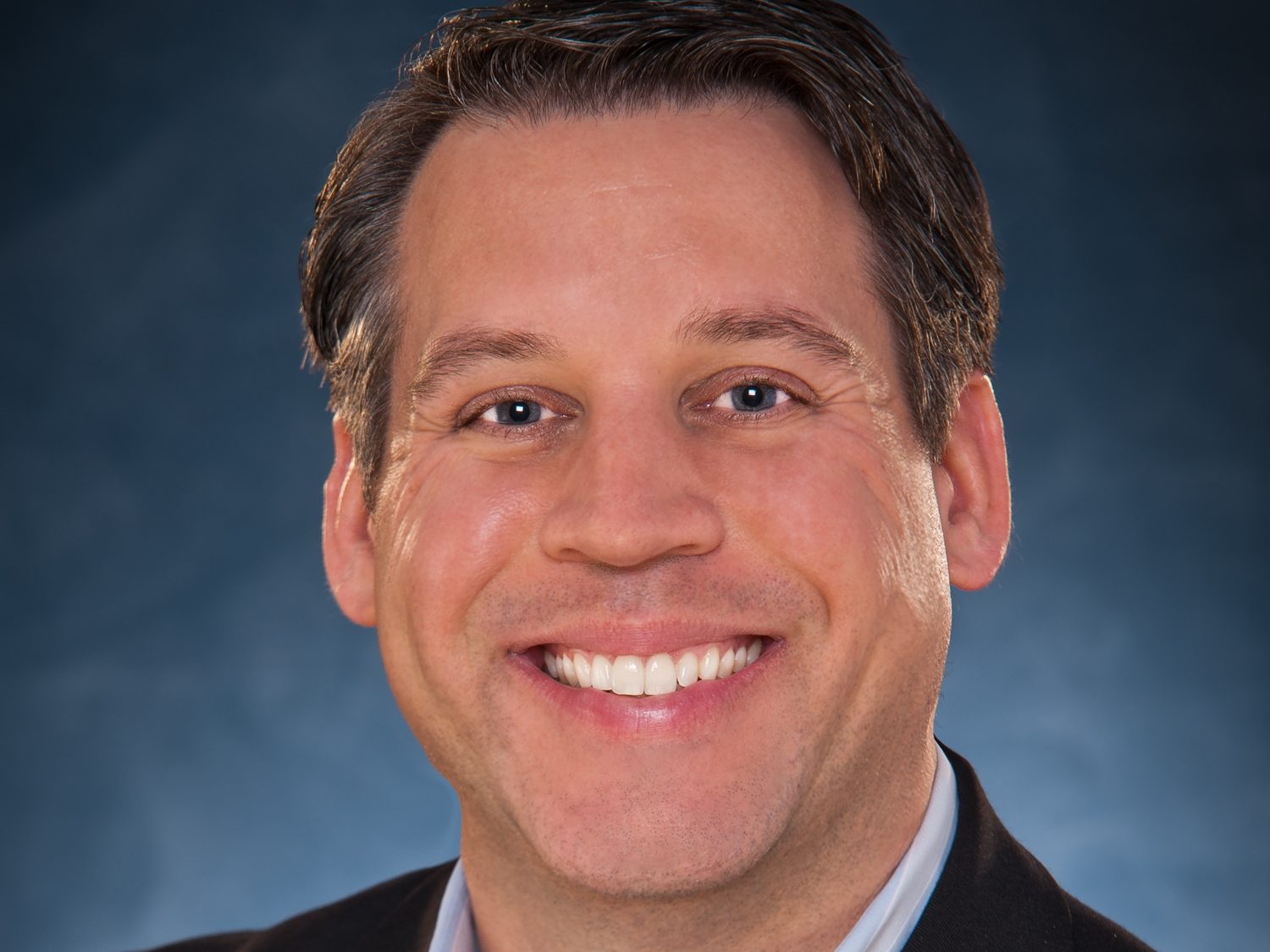Gearing Up for the 2018 Hurricane Season
Last year’s calamities prompted commercial property owners, contractors, property managers and tenants alike to make early adjustments ahead of the impending storms.
By Timea Papp
Real estate professionals in high-risk areas have learned the lessons hurricanes Harvey, Irma and Maria laid out last year, and used them in the preparation process for the 2018 Atlantic hurricane season, now underway. Taking preventive measures is paramount in minimizing damage. However, having a strong insurance policy is equally important.
Making sure that existing properties, as well as structures under construction, are prepared for impending storms takes entire teams of qualified personnel. Furthermore, tenants must also be involved in the process and pay close attention to weather alerts. “Early preparation is key in these situations, so before a storm is predicted, before the start of hurricane season really, all property managers should meet with building tenants and provide them with an in-depth emergency action plan,” Joseph Robinson, JLL Property Management Group manager for the Jacksonville and Orlando markets, told Commercial Property Executive.
Staying in touch
As traditional communication channels are usually down during extreme weather, property managers encourage employers to establish various methods in order to stay in touch with their teams. “Options include devising a ‘family phone-tree’, setting up a company hotline and having key staff members work remotely so that they can remain connected,” said Robinson. Stocking up on supplies and keeping an emergency plan are universal preventive measures for all property types, but there are some specifics to be considered in the case of industrial assets, for instance.
“Industrial properties generally do not have the same level of electronic/mechanical detail required in an office or retail site and can typically get back up and running faster, immediately following a storm,” he continued. In the aftermath of Hurricane Andrew in 1992, Florida implemented some of the strictest building codes in the United States, with construction standards enacted to withstand wind speeds of up to 175 miles per hour or a Category 5 hurricane.
Construction project sites also need protection from natural disasters—keeping developments free of any debris and scrap material accumulation is necessary, among other things. “Once a storm or hurricane approaches, each project team begins to secure materials on the site, makes sure construction equipment and generators have sufficient fuel to operate for an extended period and ensure water pumps are working properly,” said Daimon Perez, director of environmental health and safety for Skanska’s Florida building operations.
Team effort
The company is currently working on more than a dozen projects across the Sunshine State, including construction of the University of South Florida Health Morsani College of Medicine and Heart Institute in Tampa, renovation and expansion of the Gulf Coast Medical Center in Fort Myers and the upgrade of Las Olas Boulevard in Fort Lauderdale. “The project team uses banding straps and tools to safely bundle and secure construction materials, including plywood and lumber, and covers dumpsters with tarps,” Perez elaborated, revealing that Skanska’s hurricane response team is always the first on site to evaluate the project, assess any damage and conduct the necessary clean-up so workers can safely return.
Retailers also have their work cut out for them. Well before a hurricane approaches, large companies such as Walmart take the time to review which items were most sought after by costumers during previous storms and adjust their inventory. The company maintains a strong balance “between being open to the public before a storm versus allowing associates enough time to prepare their families and get to safety. This balance is achieved by changing operational focuses leading up to a storm, cutting back on efforts like fresh food production and shifting associates to temporary duties,” said Jason Jackson, senior director over emergency management with Walmart.
At the top of hurricane season, the company’s 24/7/365 emergency operations center becomes the core of Walmart’s support efforts, with a hands-on team that communicates with store and club managers that are in the path of the storm. “There are also representatives that stay highly connected with other elements of the Walmart business like transportation, distribution centers, third parties,” Jackson added. Walmart’s efforts include working closely with local, state, tribal and federal governments, as well as non-profit and volunteer organizations to provide “direct support to local shelters, emergency prescription refills, priority fuel and flat tire repair for local first responders and staging locations for energy restoration crews.”
Surefire policy

Philippe Lieberman, founder, Kluger, Kaplan, Silverman, Katzen & Levine (Image courtesy of Kluger, Kaplan, Silverman, Katzen & Levine)
A comprehensive insurance policy could ultimately smooth out difficult situations left behind by calamities. This task falls to property owners and tenants—landlords must review their assets at least yearly, as the property’s value is determined at the time of loss, according to Philippe Lieberman, a founding member of Kluger, Kaplan, Silverman, Katzen & Levine.
Moreover, parties must have a clear understanding of their lease agreements, making sure that they know who is responsible for obtaining the property insurance and that it covers all types of property loss. For example, in the case of a triple net lease, the tenant is required to pay all real estate taxes, as well as insurance and maintenance.
“Many commercial insurance policies contain coinsurance clauses, which are designed to force or encourage policyholders to insure their properties to a certain percentage—usually 80 to 90 percent—of the properties’ true value. If the amount of insurance is found to be under the coinsurance percentage, then a penalty is applied, which reduces the payout at the time of a loss,” Lieberman concluded. In such cases, there is a risk of litigation over the insurance payment amount.









You must be logged in to post a comment.